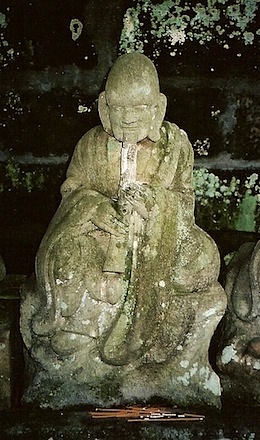TEACHING of the SHAKUHACHI
LESSONS and WORKSHOPS - THE BASICS - REPERTOIRE
![]() LESSONS and WORKSHOPS
LESSONS and WORKSHOPS
Individual lessons
- lessons face to face in France: in Brittany and occasionally in Paris
- lessons online : Skype, Zoom
- in French and in English
Lessons are individual, but collective sessions can be planned when it’s possible, to work on the basics and/or the repertoire.
You are welcome to contact to get more informations
Workshops
Yearly workshops can be proposed by the Eu-KSK group
within 2 or 3 days in Germany, Spain or France according to the possibilities.
Teaching is collective with different levels.
Apart from the repertoire, improvisation can also be approached.
European Shakuhachi Summerschool
This is a summer event happening during 4 days, organised by the European Shakuhachi Society, ESS, in a European country. It gathers the European Shakuhachi community and all its different schools with shakuhachi, koto and shamisen teachers invited from Japan and Europe. It gathers from 50 to 60 participants every year.
For all levels, including an introductory course.
Since 2020 this event has been developed also online during week-ends in winter and in summer.
Learning shakuhachi is partly made in a oral way and by using the traditional notation
normally used for the repertoire and which uses a part of the Japanese syllabary "katakana"
but no preliminary knowledge of music and its notation are necessary to approach this instrument.
![]() THE BASICS
THE BASICS

- Breathing and its development
The shakuhachi with a specially wide embouchure needs an important volume of air, the development of air column support.
It thus gives the opportunity to approach and develop different breathing techniques, especially as the pieces of the original repertoire are based on the rhythm of the breathing.
- Production and development of the sound
Looking natural and simple in appearance, the bamboo offers incredible sounds, and a perceptible and usable sound pallet at any level. More than a simple flute, its complex tone color is getting closer to that of a reed instrument.
- Specific technics
Of simple making, a flute with only 5 holes, the shakuhachi develops simple but also sophisticated technics :
finger hittings, glissandi, sounds of breath, movements of the head, etc.
This basic work can be a purpose in itself and be developed
over a very long period for those who wish it.
It is also a good base to approach improvisation in a simple way.
(rakun statue in temple Kita-In, Kawagoe, Japan)